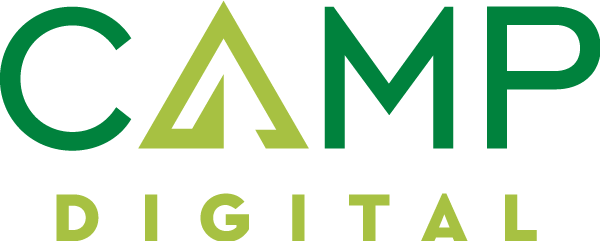A Guide to Paid Advertising Platforms for Home Service Companies
In the competitive landscape of home service industries, effective digital marketing is essential for attracting and retaining customers. At CAMP Digital, we understand the importance of utilizing a diverse range of paid advertising platforms to maximize visibility and drive results for our clients. Here’s a comprehensive overview of the platforms we focus on and how they benefit home service companies:
1. Google Local Service Ads (LSAs):
Google LSAs are a powerful tool for home service companies to connect with local customers actively searching for their services. These ads appear at the top of Google search results, prominently showcasing businesses and providing essential details such as reviews and contact information. LSAs help businesses build trust and credibility while targeting high-intent local leads.
2. Google Ads (PPC):
Google Ads, also known as pay-per-click (PPC) advertising, allows home service companies to bid on keywords related to their services and appear in Google search results and across the Google Display Network. With precise targeting options and robust analytics, Google Ads enable businesses to reach potential customers at the right time with compelling ad creatives, driving traffic and conversions.
3. Bing Ads (PPC):
While Google dominates the search engine market, Bing Ads offer an additional opportunity for home service companies to expand their reach. Bing Ads operate similarly to Google Ads, allowing businesses to target specific keywords and demographics to reach their target audience. With lower competition and potentially lower costs per click, Bing Ads can be a cost-effective complement to Google Ads campaigns.
4. Meta Ads (Facebook & Instagram):
With over 2.8 billion monthly active users, Meta (formerly Facebook) provides home service companies with a vast audience to target through paid advertising. Meta Ads allow businesses to create highly targeted campaigns based on demographics, interests, and behaviors, reaching potential customers where they spend their time online. Additionally, Meta’s robust ad formats, including carousel ads and lead generation ads, enable businesses to engage and convert users effectively.
5. Amazon Ads:
For home service companies selling products on Amazon, Amazon Ads offer a valuable opportunity to increase visibility and drive sales. Sponsored Product Ads, Sponsored Brands, and Sponsored Display Ads allow businesses to promote their products directly within Amazon search results and on product detail pages. With advanced targeting options and access to Amazon’s vast customer base, Amazon Ads can help businesses increase product discoverability and drive conversions.
By leveraging a combination of these paid advertising platforms, home service companies can create comprehensive digital marketing strategies that maximize visibility, drive targeted traffic, and ultimately, generate leads and conversions. At CAMP Digital, we specialize in developing tailored paid advertising campaigns across these platforms to help our clients achieve their business goals and stay ahead of the competition in the dynamic digital landscape.
Connect with CAMP
Whether you’re looking to increase your online visibility, drive more traffic to your website, or boost your conversion rates, our team of experts is here to help. Ready to explore CAMP Digital’s comprehensive solutions for your home service business? Connect with an expert today!
Don’t miss a thing – click here to sign up for our Digital Compass newsletter, your guide to navigating the digital landscape. Get invaluable digital marketing insights and industry updates delivered right to your inbox.










